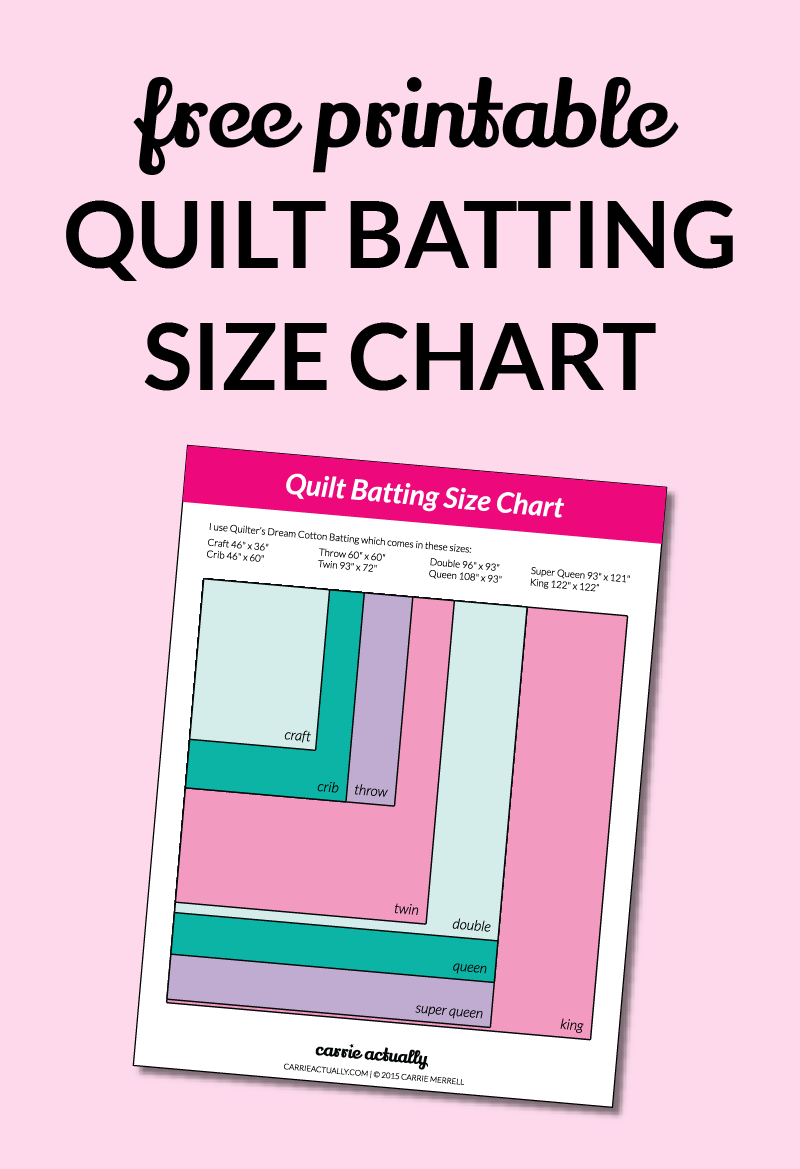How to use this chart
The numbers across the top represent the direction of your fat quarter that measures 22 inches (the width of your fabric).
The numbers down the right side represent the direction of your fat quarter that measures 18 inches (the length of your fabric).
Pick the column that represents how wide you want your cut piece to be (don't forget seam allowance) and pick the row that represents how long or tall you want your piece to be. The number where that column and row intersect is the maximum number of that size piece you can cut from one fat quarter.
This chart makes a few assumptions that you'll need to account for:
- You want to cut pieces that measure whole inches in both directions. If you need to cut pieces that are 6 and a quarter inches and you want to use this chart, round up to 7.
- You can use every last inch of your fat quarter. Your fat quarter might have a selvedge that knocks an inch or two off the width or it might not be cut quite straight. Measure twice, cut once.
- You're going to mess up while you're cutting. It happens. Make sure the number of squares or rectangles you can cut is a little bit higher than the number you absolutely need at a minimum.
I'd like to do the math
Here's what you need to know to get started:
- How wide is your fabric?
A typical fat quarter is going to be 22 inches. You may lose some for selvedge or wonky cutting. - How long is your fabric?
A typical fat quarter is going to be 18 inches. You may lose some for wonky cutting. - What size pieces do you want to cut? How wide? How long?
Make sure you add half an inch in each direction for seam allowance.
Here's how to do the math:
- width of your fabric / width of your pieces
- round that number down and we'll call that answer A
- length of your fabric / length of your pieces
- round that number down and we'll call that answer B
- A * B = how many pieces you can cut








